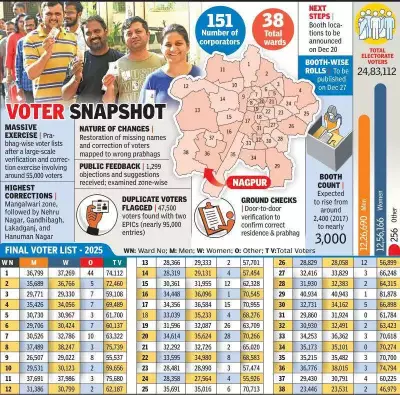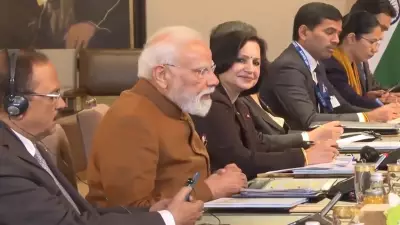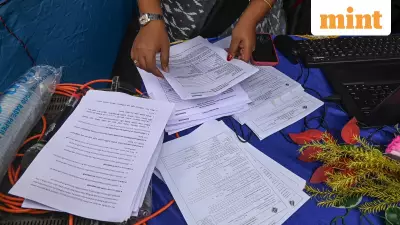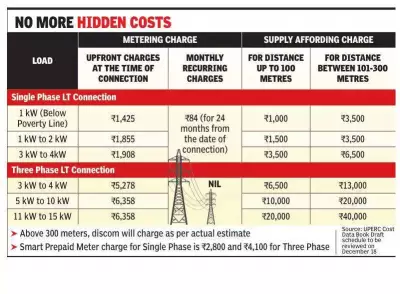
In a thought-provoking examination of India's judicial system, legal experts are calling for a fundamental reassessment of one of the most cherished legal principles: "Justice must not only be done, but must be seen to be done." This centuries-old maxim, while noble in intention, may be causing more harm than good in contemporary courtrooms.
The Paradox of Visible Justice
The principle, famously established in the 1924 English case R v Sussex Justices, has long been considered a cornerstone of natural justice. However, modern legal scholars argue that the excessive focus on "optics" has created a dangerous precedent where the appearance of justice sometimes outweighs substantive fairness.
Recent developments in Indian courts demonstrate how this principle is being manipulated. The growing practice of "bench-fixing" – where cases are strategically assigned to particular judges – exploits the very system designed to ensure transparency. When litigants can predict or influence which judge will hear their case, the integrity of the entire judicial process is compromised.
When Transparency Becomes Theater
The obsession with visible justice has led to several concerning trends:
- Performance over substance: Judges may feel pressured to demonstrate their impartiality through dramatic courtroom gestures rather than focusing on legal merits
- Selective outrage: Some legal professionals engage in public displays of indignation specifically for media consumption
- Procedural manipulation: The assignment of cases to "favorable" benches undermines the random allocation system
- Erosion of public trust: When justice becomes a spectacle, genuine fairness becomes secondary to public perception
The Way Forward: Substance Over Spectacle
Legal reformers suggest several crucial changes to restore balance to the system:
- Strengthen institutional integrity: Focus on building robust systems rather than relying on individual judicial performances
- Reform case allocation: Implement transparent, computer-generated systems for case assignment to prevent bench-fixing
- Judicial education: Train judges to prioritize substantive justice over performative aspects
- Media literacy: Educate the public about the complexities of judicial processes beyond courtroom dramas
As one senior advocate noted, "The greatest justice often happens quietly, through meticulous legal reasoning and adherence to principle, not through public demonstrations of impartiality."
The challenge for India's judiciary lies in balancing necessary transparency with the quiet, deliberate work that true justice requires. In an era of instant media and public scrutiny, the system must evolve to ensure that the substance of justice isn't sacrificed at the altar of visibility.





